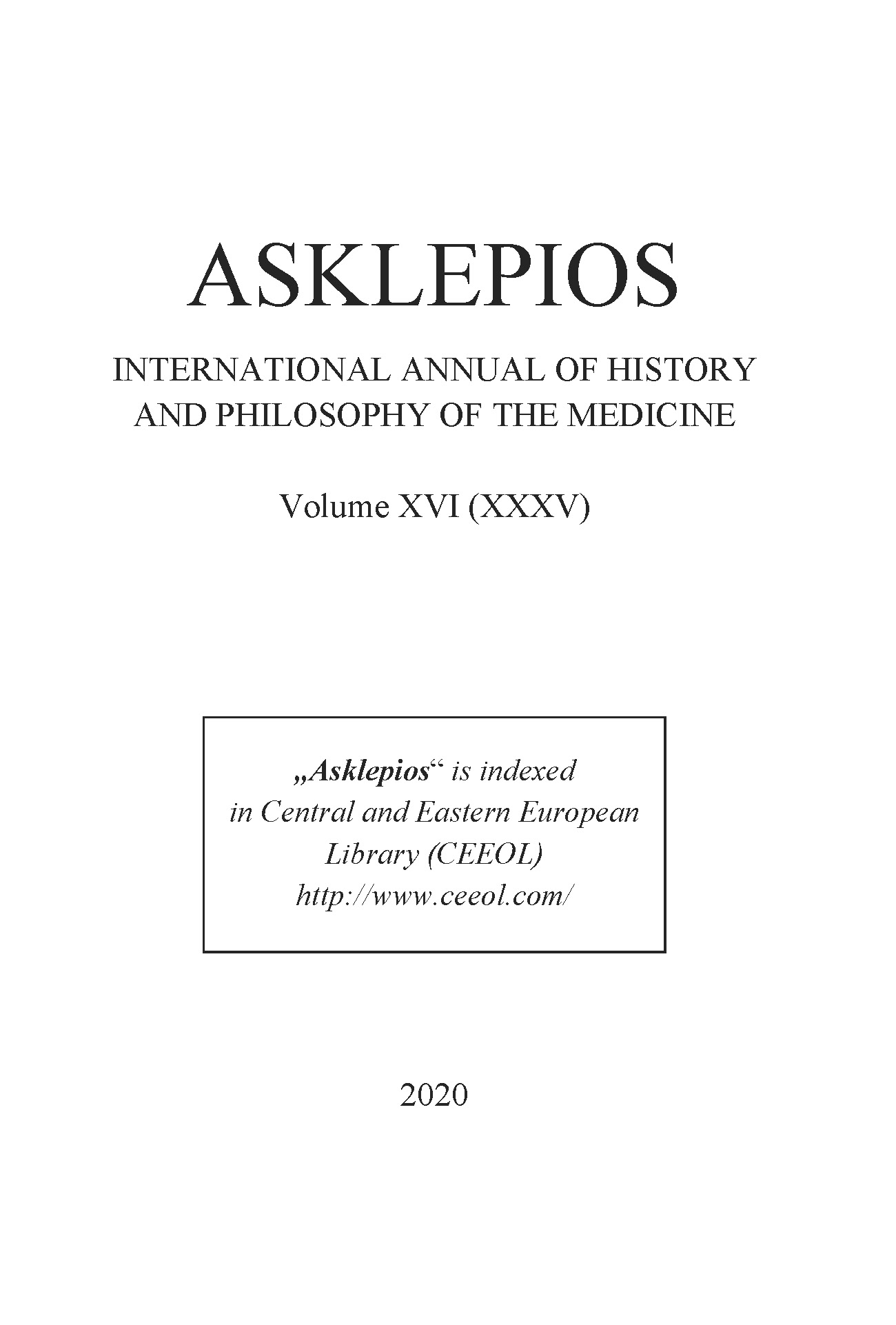Лудвиг ван Бетховен (1770-1827): Страдание и музика
Ludwig van Beethoven (1770-1827): Misery and music
Author(s): Dobrin Paskalev, Bistra Galunska, Diana PetkovaSubject(s): History, Cultural history, Modern Age, 17th Century, 18th Century
Published by: Балканска асоциация по история и философия на медицината (БАИФМ)
Keywords: Beethoven; hepatic cirrhosis; deafness; lead intoxication
Summary/Abstract: In December 1826, after a journey in rainy and windy weather, Beethoven developed pneumonia. Eight days later he developed jaundice and ascites. Four paracenteses were made, but the composer‘s health was deteriorating, he fell into a coma and died on 26.03.1827. An autopsy was performed by Drs. Johann Wagner and his assistant Karl von Rokitansky on 27 March in Beethoven’s home. At autopsy the liver was described as „shrunk up to half of its volume, with a leathery consistence... and surrounded by a bean size knots”. The abdominal cavity was filled with four mesaures (about 5,6 liters) of rust-colored fluid. The spleen was enlarged and firmer than normal. The pancreas was found to be larger and firmer than normal with distended excretory duct. This pathological description suggests a diagnosis of hepatic macronodular cirrhosis, complicated by portal hypertension with ascites, associated with chronic pancreatitis. This finding was discussed many times and also other diagnoses were proposed – alcoholic cirrhosis, viral hepatitis, hemochromatosis. Infectious hepatites were recognized only in the last decade of the XX century. Hemochromatosis was described in 1865, long after composer’s death. Perhaps, the cirrhosis as well as the pancreatic involvement (chronic pancreatitis) were associated mainly with increased alcohol consumption. A hypothesis was proposed that Beethoven’s pancreatitis was complicated with acute-onset diabetes mellitus, but there were no data of urine examination for sugars. The kidneys were described with chalky calyceal concretions size of split peas; the whole enclosed in cellular membrane one inch thick and dripping turbid fluid. The pathology picture suggests paranephritis and, possibly, renal papillary necrosis. Another hypothesis proposed presence of renal tuberculosis. The disease is always secondary to pulmonary consumption, but Dr. Wagner wrote that thorax cavity was without significant abnormalities. At autopsy, „the acoustic nerves were atrophied and devoid of myelin“. Dr. Wagner removed petrous parts of temporal bones (in which the inner ear lie) and deposited them in the Vienna Museum of Anatomical Pathology. Unfortunately, they disappeared without trace. Some medical diagnoses related to that pathological finding were proposed (Paget’s disease; sarcoidosis; syphilis), but they could not fully explain the Beethoven’s deafness. On the other hand, both Paget’s disease and sarcoidosis were described long after composer’s death. An intriguing hypothesis suggesting chronic lead intoxication was formulated in the last years. American authors found elevated levels of lead in composer’s hair. A possible source of lead is thought to have been the wine, as at that time lead sugar (or lead acetate) was added illegally to inexpensive wine for improving its taste and flavor. At the end, all medical diagnoses are retrospective and were made post factum.
Journal: Асклепий. Международно списание по история и философия на медицината
- Issue Year: XVI/2020
- Issue No: 1
- Page Range: 37-43
- Page Count: 7
- Language: Bulgarian
- Content File-PDF

